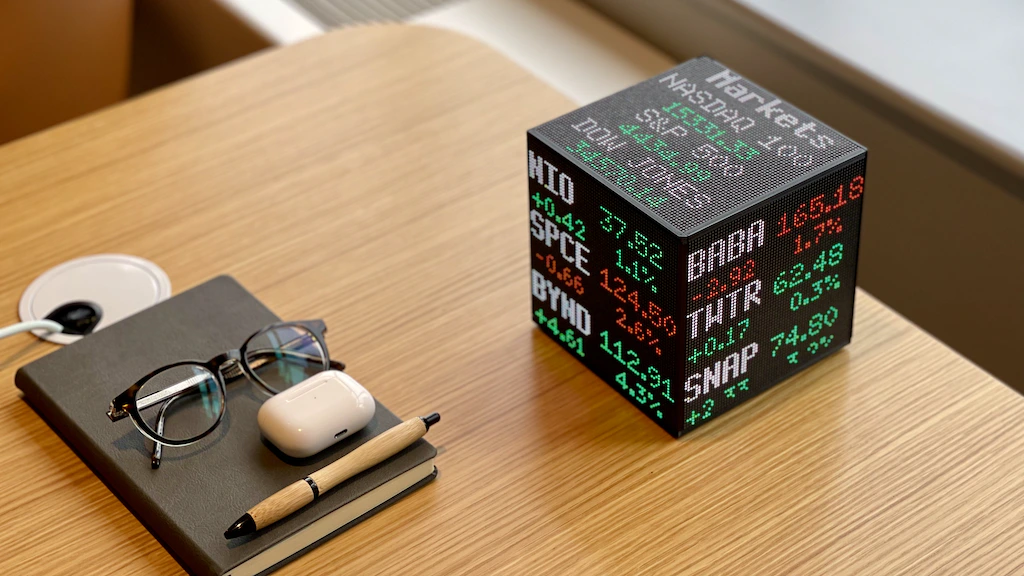Special Purpose Acquisition Companies are recently receiving a lot of attention. The concept is not new; in fact, it’s been around for decades. However, since the last two years, SPACs have really taken off. What exactly is a Special Purpose Acquisition Company? Let’s dig a little deeper!
It was the year 2019 which marked the increasing interest in SPACs. With an investment of around 13 billion dollars, 59 SPACs rose to the fore. In 2020 the invested amount reached nearly 80 billion dollars as the number of Special Purpose Acquisition Companies crossed the 200 mark. In 2021 the investment amount in SPACs stands at around a staggering 100 billion dollars, with a total number of companies reaching 300.
What is SPAC?
SPAC stands for “Special Purpose Acquisition Company” or a “specific purpose acquisition company.” It’s a company raised with the sole purpose of acquiring capital on the stock market. While SPAC is pushed forward as a company, it does not have any assets or activities. The company in question is therefore qualified as an “empty shell.”
A Special Purpose Acquisition Company, or “a SPAC,” is a kind of financial entity established with the intention of purchasing or combining with an already-existing business. SPACs are also referred to as “blank-check companies” since they are established purely for the purpose of generating capital through an initial public offering (IPO), with no predetermined firm or business to be considered to buy.
Therefore, the sole purpose of these empty shell companies is an acquisition or merger with the money raised through their IPO. After enough funds are raised, the SPAC must proceed with the merger or acquisition. The process usually involves a reverse merger where SPAC, a public company, takes on a private company. If the SPAC fails to complete the acquisition within two years, the funds invested will be returned to the investors.
The general operation of a SPAC is as follows:
Creation: An investment group establishes a SPAC, frequently under the direction of a sponsor or a group of financial specialists.
IPO: The SPAC lists onto an investment market and trades its own stock after being publicly through an IPO.
Money Raised: The money raised during the initial public offering (IPO) is deposited into a trust account and held there until the SPAC finds a target business to buy.
Selecting the Objective: The SPAC has a finite amount of time (sometimes two years) following its IPO to find and consummate a merger or purchase with an operational business.
Acquisition or Merger: The SPAC uses the money in the trust account to buy out or combine alongside the target company after an appropriate buyer has been found. This procedure is occasionally called a “de-SPAC” transaction.
Publicly listed business: After the merger or acquisition, the target company’s shares are listed on the stock exchange through the SPAC’s current public listing, which renders it a company that is publicly traded.
Advantages of a SPAC?
SPAC offers several advantages to businesses and investors. For starters, it allows unlisted companies to go public without going through the tedious process of IPO. When the company comes into the public domain, it already enjoys a good valuation. With fundraising through the stock exchanges, it quickly fills its cash reserve. It allows the SPCS to act swiftly in case of a merger or acquisition opportunity. When investors pump funds in a SPAC, they carry private equity transactions via the stock exchange. This allows them to benefit from the guarantees offered by listed public companies. Finally, selling to a SPAC allows 20% more margin than private equity transactions. Therefore there is a win-win situation for the investors and business owners.
Disadvantages of SPAC
Investing in a SPAC is like buying a promise, with all the uncertainties it entails. Newfound interest, favourable investment climate and the fact that the biggest IPOs of the previous year took place well beyond the target price pushed the popularity of SPACs to the skies. Private equity funds visualise it as an instrument of raising quick funds from investors hungry for easy profits. Therefore, the responsibility of going through background checks lies with the investors to ensure that the SPAC is really driven by a goal and does not have a sole objective of filling the founder’s pockets. The apparent lack of visibility of the future acquisitions implies that SPAC, above everything, is a promise. Therefore, the bet is not without risks, and the promise could be as empty as the ’empty shell’ that SPAC denotes.
Final Thoughts
SPACs are becoming increasingly prevalent as an alternative for conventional Initial public offerings in the manner of taking firms public. They may also be quicker and less complicated. They also give potential investors the chance to fund a business before it goes public.
Still, investing in SPACs is risky, and the company’s continued success depends on management’s ability to find the right targets and execute mergers and acquisitions. The profitability of SPACs (small scale) may also be affected by changes in market conditions and regulations.



